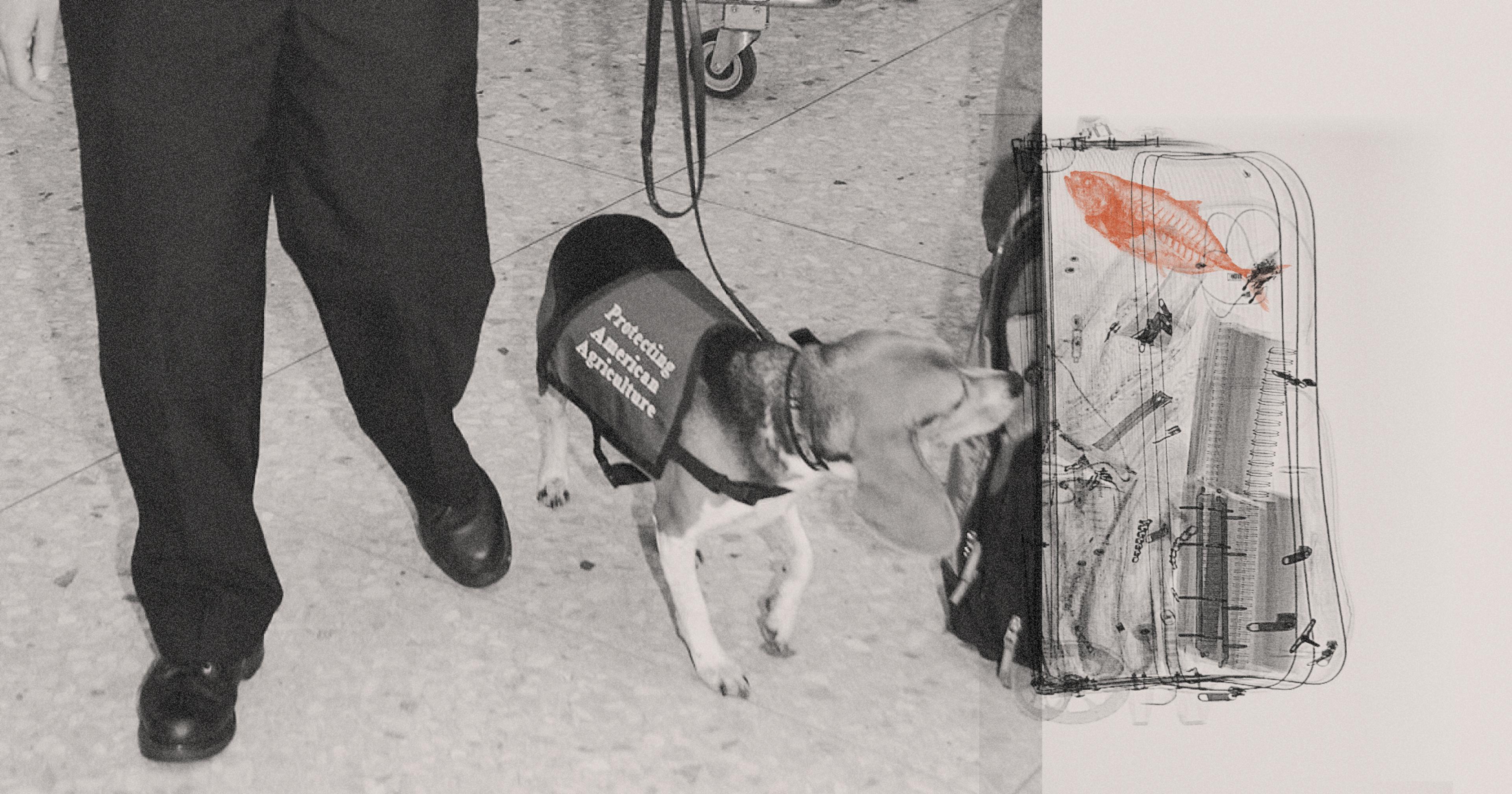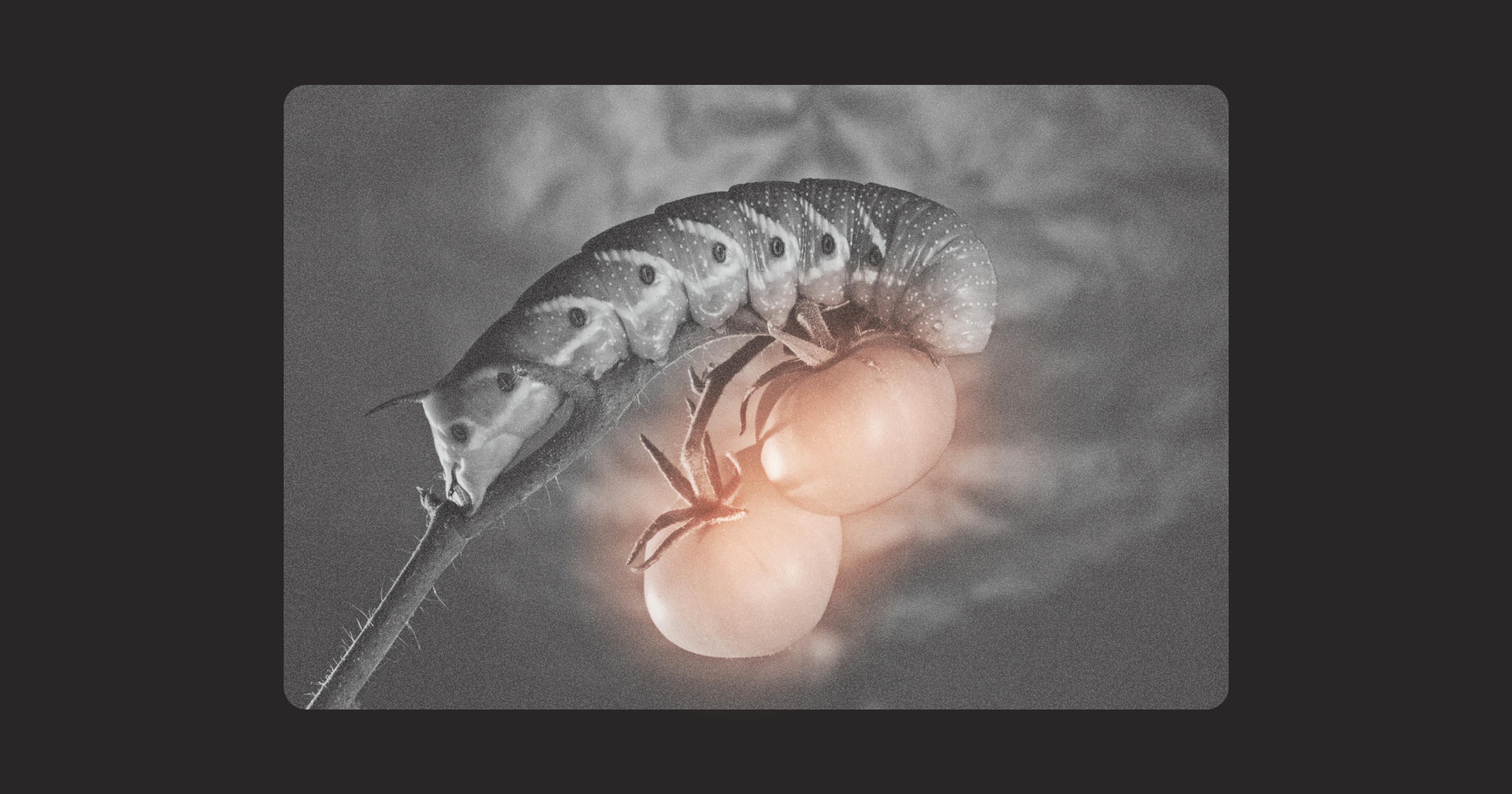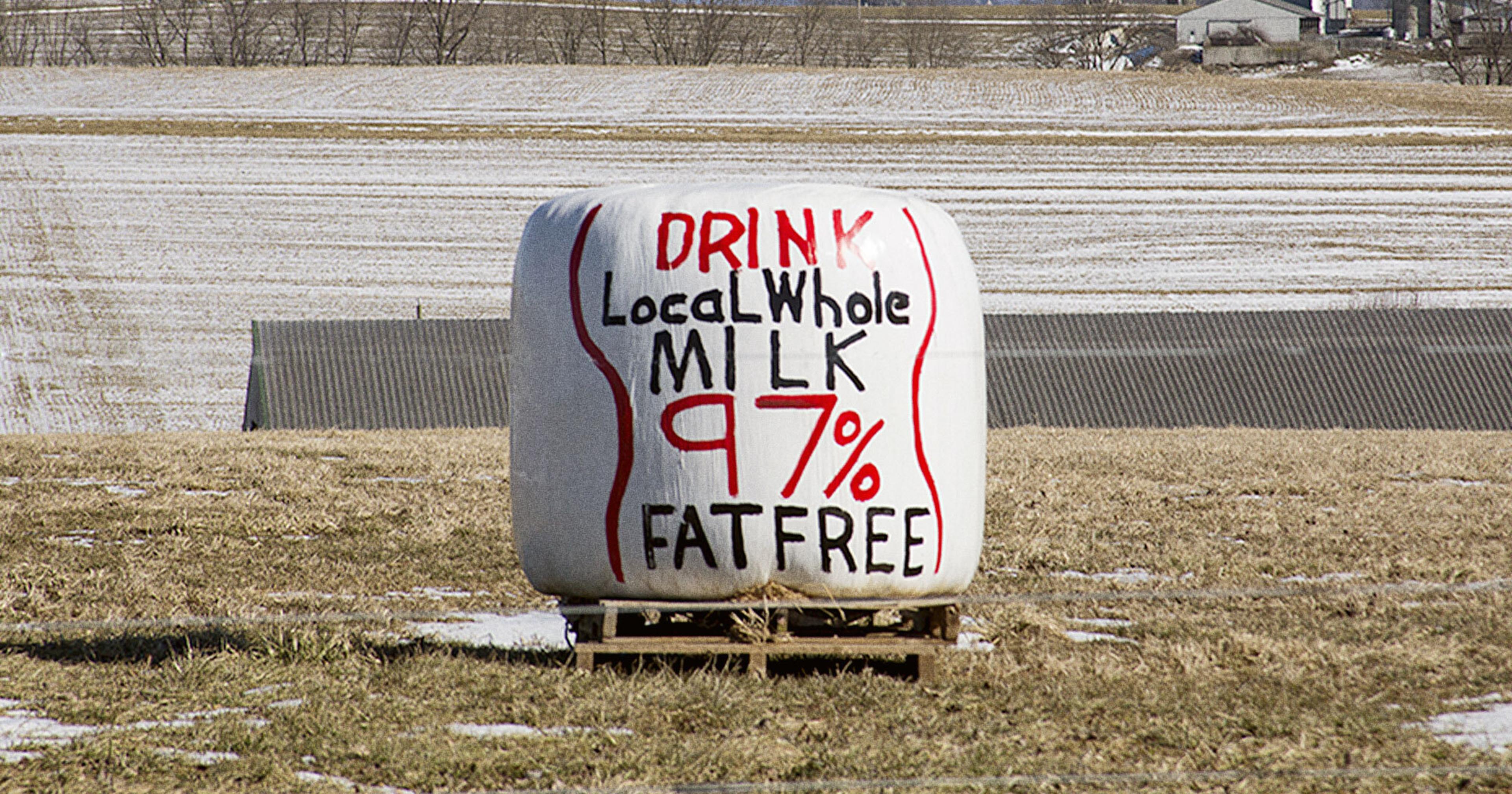A group of 150 USDA canines is tasked with sniffing out potentially dangerous meat and produce before it enters our borders. Their funding is far from secure.
For decades, the U.S. Department of Agriculture (USDA) and U.S. Customs and Border Protection (CBP) have relied on highly trained canines to sniff out prohibited agricultural products in passenger luggage and packages — preventing them from crossing the U.S. border.
The group of dogs, nicknamed the Beagle Brigade, spend their shifts stationed at airports, border crossings, and international mail and cargo facilities, searching for packed-away items that could harbor foreign animal diseases and potentially invasive pests — to the detriment of the American agriculture industry.
Today, the Agriculture Quarantine Inspection Program (AQI) — the umbrella program under which the Beagle Brigade falls — relies primarily on user fees collected by the USDA’s Animal and Plant Health Inspection Services as a source of funding. This can become a very unstable source of funds, like in 2020, when the pandemic caused traveling numbers to tank, along with the AQI’s funding.
Now, the program may get a permanent stamp of authorization, meaning reliable funding through Congress, thanks to the Beagle Brigade Act of 2023.
The act — a bipartisan bill introduced by Democratic Michigan Congressman Dan Kildee alongside Representatives Sanford D. Bishop, Jr. (D-GA), Drew Ferguson (R-GA), and Adrian Smith (R-NE) — would provide permanent authorization for the National Detector Dog Training Center, located in Newnan, Georgia, where the program’s dogs and handlers are trained.
The National Pork Producers Council (NPPC), which ensured the program had enough cash flow in the past when user fee funds were low, is pushing for this legislation to succeed.
“We’ve been working really hard over the years to keep [the program] funded to make sure they’re properly staffed up,” said Andrew Bailey, science and technology legal counsel at the NPPC. “Whether it’s a cruise ship terminal, a trucking terminal, or an airport, they’re really that first line of defense against foreign animal diseases, which is what we’re mostly concerned about.”
With the rise of livestock diseases like African Swine Fever — highly contagious, with an extremely high mortality rate for both wild and domestic pigs — the timing of the act feels especially pertinent. The disease has not yet entered the U.S., and ideally, it would stay that way. But the canine program has been around for decades.
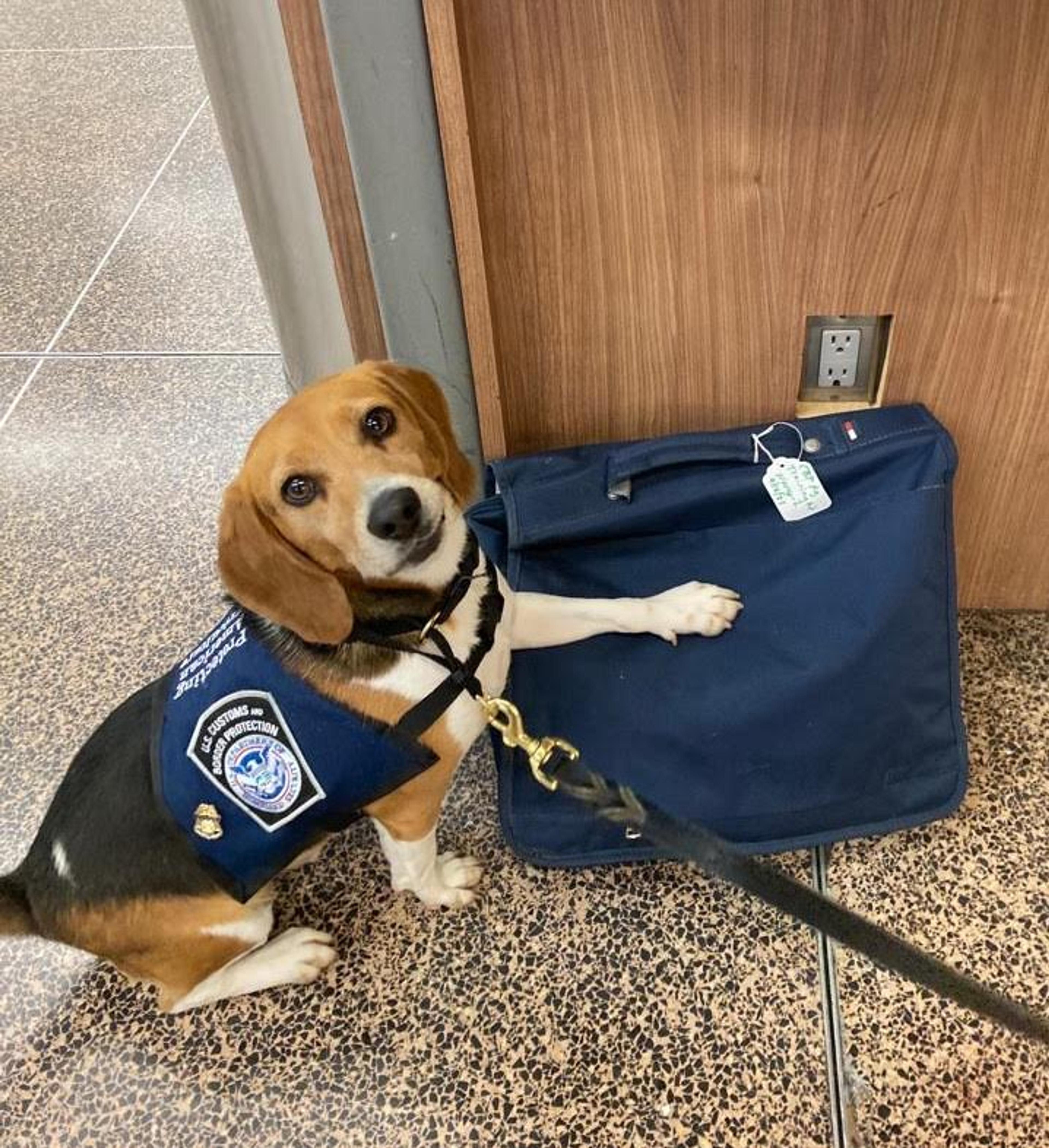
Meet Boscoe, a very good boy.
·Photo provided by U.S. Customs and Border Patrol
The detector dog program was set up in the 1980s as a part of the AQI — an inspection program that closely monitors agricultural imports at the nation’s 328 land, sea, and air ports of entry. The brigade, once administered entirely by the USDA, is now run in conjunction with CBP.
And the dogs are highly successful. In 2022, the agricultural canine program was responsible for the interception — and subsequent confiscation and inspection — of more than 150,000 agricultural items.
The dogs’ keen sense of smell is notable, which is why humans have relied on them to detect landmines, cattle disease, escaped prisoners, and dropped kitchen scraps for many years. But their hidden superpower here is speed, a vital quality when processing hundreds of thousands of bags a day.
Thanuja Hall, agricultural operations manager at U.S. Customs and Border Protection, has worked within the program for nearly two decades and handled two beagles herself. She described the dogs as walking X-rays. “It’s almost quicker than any … mechanical technology you could come up with because they can sniff … 100 bags in seconds,” she said. And while technology can glitch, a dog’s nose always knows.
On the job, the dogs sniff baggage, packages, and other cargo, looking for anything from a pack of sausages that could contain contaminated pork — even if the disease is not transferable by consumption, it still poses transferable risk through handling — to an apple that may harbor an invasive pest.
Often, the very good dogs of the brigade find run-of-the-mill items — think trash bags full of fruits, vegetables, and meat products. But there are days when the contraband is more confounding.
Like when Mox, a beagle working at the Hartsfield-Jackson Atlanta International Airport, found a Giant African snail alive in a suitcase traveling from Nigeria to Texas. The snail, a species that can carry parasites and also wreak havoc on agricultural vegetation if let loose to reproduce, was confiscated. In a separate incident, oddly at the same airport, rescue Beagle Brigade member Hardy sniffed out a whole, roasted pig’s head that a traveler from Ecuador had in their bag.
Confiscating and destroying animal products can protect from diseases like foot and mouth disease, classical swine fever, ASF, and avian flu. Produce and plants can also carry pests or diseases that threaten U.S. agriculture, like the Asian Citrus Psyllid, which can cause serious damage to citrus plants with diseases like citrus greening.
When the dogs smell something, they simply sit, said Hall. Say, for example, there are multiple pieces of luggage in question when the dog sits. The handler simply requests “show me,” and the well-trained dog will gently place a paw on the bag that contains the unapproved item.
The dog’s training process, which all takes place at the Georgia facility, starts with basic training. Here the dogs learn to recognize and detect five basic odors: apple, mango, citrus, pork, and beef. These five scents have been most heavily associated with potentially invasive pests and diseases. Later, when the dogs are assigned a port, they may learn other important, region-specific scents to identify.
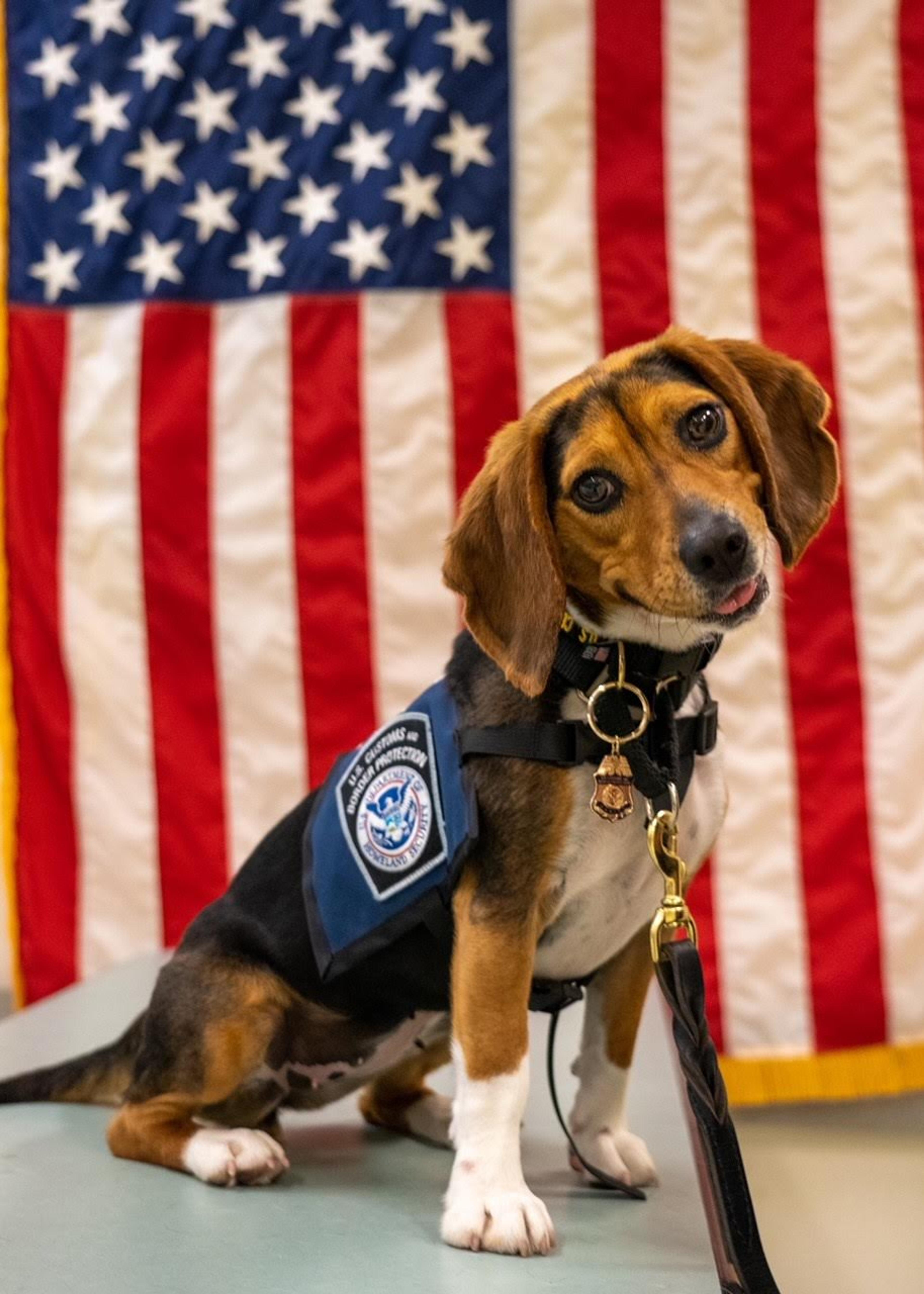
Dextris, a true patriot.
·Photo provided by U.S. Customs and Border Patrol
After training on smells, the dogs are introduced to their handlers. Happy dogs are the best workers, so the goal is to match a dog with a like-minded handler. Once it’s determined the handler and dog are a good fit, the pair works together as the dogs get their final certification.
Currently, the number of dog-handler teams operating in the U.S. is hovering at just over 150, though that number fluctuates. Dogs graduate from training regularly, and when they turn nine years old, they retire. According to Hall, they often end up permanently homed with their handlers after their working years are over.
Like any job, the program has very specific requirements it looks for in four-legged employees.
For new trainees, “the dog needs to be between one and two years old,” said Hall, although she mentioned there is a little leeway in the age bracket. “They have to be more of a higher energy dog that will work for treats.” The dogs can’t be shy or timid, but they also can’t exhibit aggression — the only thing the public should fear about these pups is how much they wish they could pet them. Beagle’s general behavior fits the bill. Paired with their small stature and general pleasantness — the dogs aren’t likely to be seen as intimidating or strike fear — the breed is perfect for the position.
Still, contrary to the program’s nickname, the dogs do not need to be beagles. While the program mainly consists of beagles, the smart, sporty breeds also include beagle mixes, labradors, and labrador mixes.
Regardless of breed, the dogs should be willing to be paid in treats, but they can’t be too food-motivated or food-aggressive. They do, of course, spend their days sniffing out food, often meats, as well as produce that they will not get to eat. Confiscated items go into a quarantine and inspection process, designed to make sure any contaminated product can be properly disposed of — and not by a hungry beagle.
In fact, the Beagle Brigade is unique in rewarding its furry employees with treats. Their bomb- and drug-sniffing cousins, trained to detect very highly indigestible substances for dogs, are instead taught to associate the smell of their contraband with toys. If you ever see a dog bust a traveler carrying drugs, the pup will be thanked with a toss of a toy as opposed to a snack.
While many contraband agricultural products are sent or carried innocently, the accidental introduction of disease is anything but harmless. According to Bailey, “There’s all sorts of ways that things could come into the country, you know, even unintentionally right now,” he said.
If a certain disease, like ASF or foot and mouth disease — a highly contagious, viral livestock disease — is detected within the nation, it could be catastrophic for agricultural exports.
“Generally speaking, there are certain diseases that if we get them, within 24 hours, our exports shut off.” Something like foot and mouth disease, he explained, would immediately impact $20 billion in annual exports of pork, dairy, cattle, and sheep products.
Rep. Kildee said he is “proud to partner with Republicans and Democrats to introduce the Beagle Brigade Act so we can strengthen the inspection of food imports.” He added, “Michigan’s farmers work hard to feed our families every day, and this bill will help to protect our local food supply. This legislation will help defend American agriculture from harmful diseases like African Swine Flu that could decimate our livestock and increase food prices.”
The Beagle Brigade Act was originally introduced in 2022 but was not voted on in time — before new representatives took office. Supporters hope the popularity of the Beagle Brigade throughout the ag industry and beyond will result in a different outcome this year.
“One of the reasons there’s so much support for the beagle brigade is that it sort of touches all agriculture,” said Bailey. “Whether it’s pork or beef or crops or even people generally concerned about … stopping invasive species from being smuggled in the country. It’s a pretty important program.”
An added bonus of the brigade? “The beagles are extremely cute,” said Bailey.

